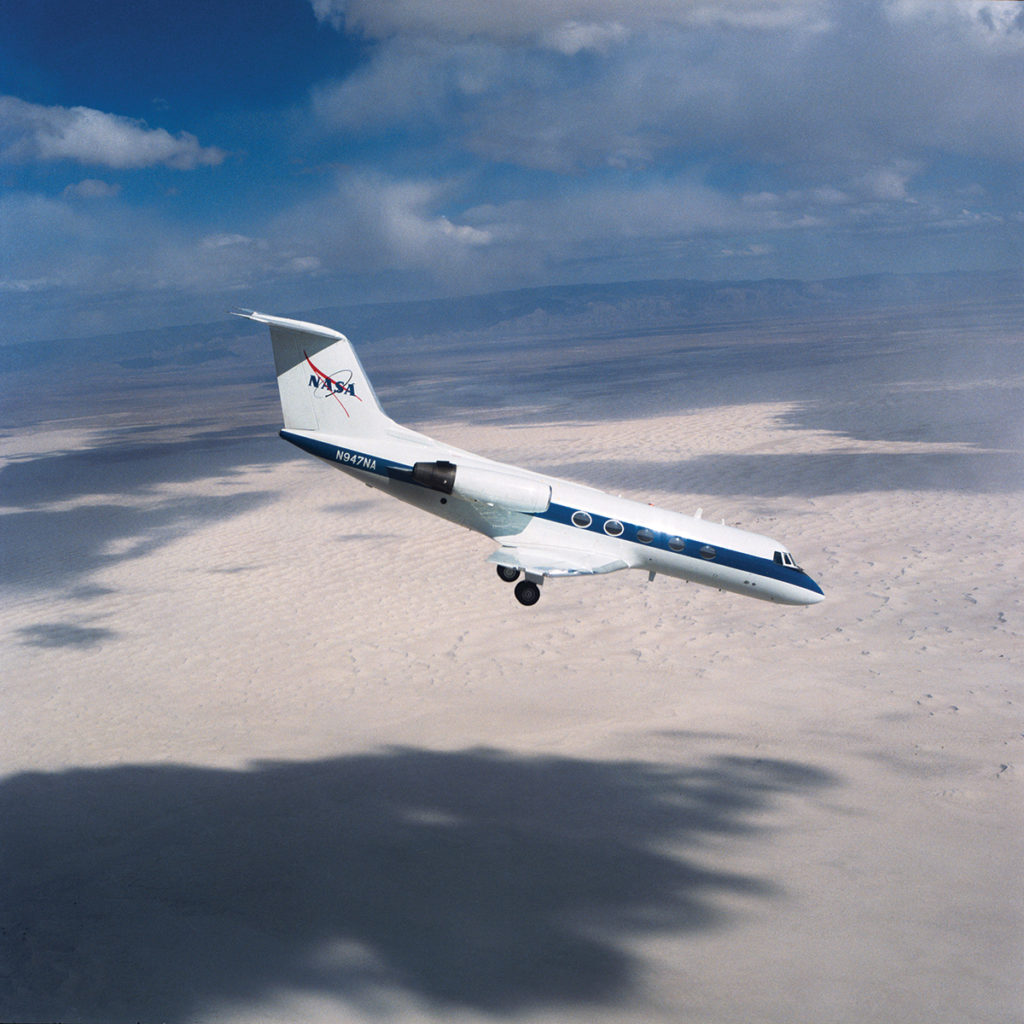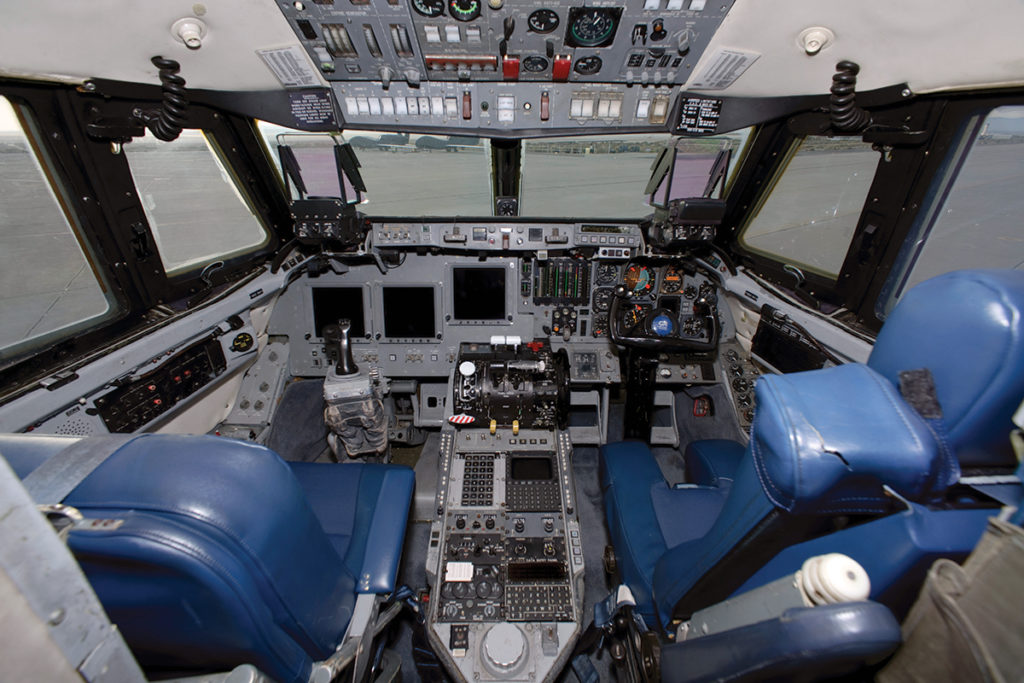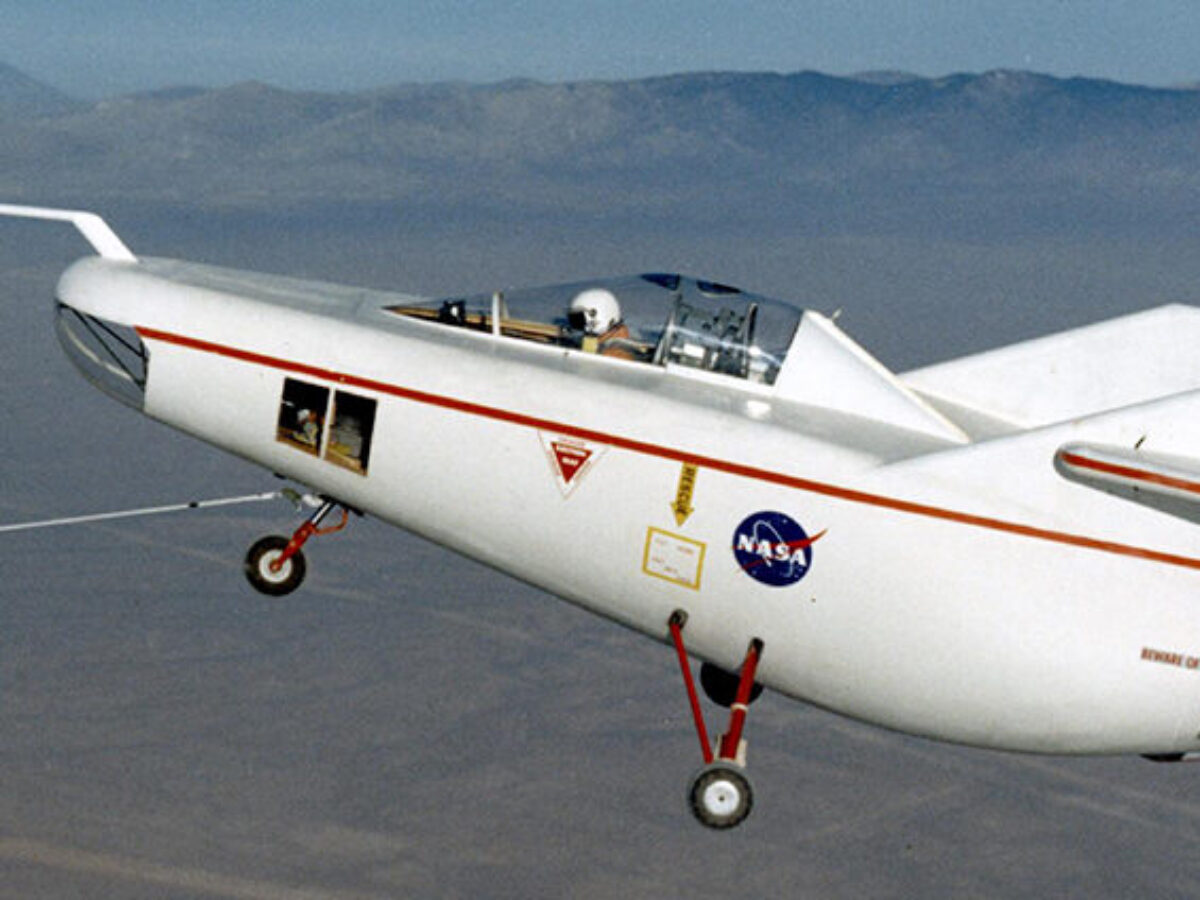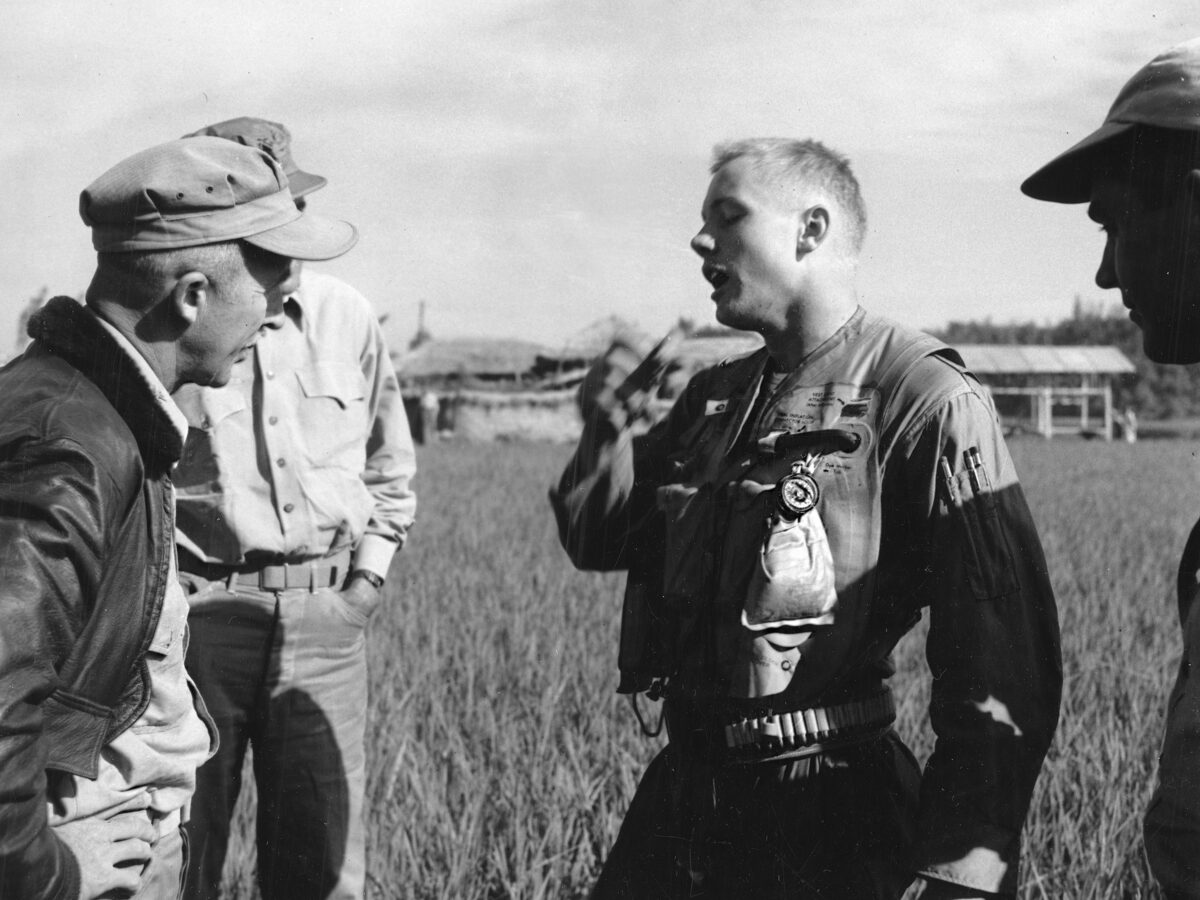The space shuttle was truly groundbreaking. When the design was first unveiled in the 1970s, people were used to the idea of sending people into orbit or even to the moon in relatively tiny space capsules, but the enormous winged shuttles, with their stark, black-and-white color scheme and covering of novel thermal protection system tiles, captured the world’s imagination.

Still, for all its glamour, the space shuttle posed tremendous engineering problems for its designers and its operators. Because the shuttle program deviated from the existing blueprint for putting humans into space, NASA had to extensively test, rehearse and train for every aspect of its flight profile, especially the landing. A shuttle would land like an airplane on a runway (or more accurately, like a glider, since it would be coming in without engines), but it actually flew very differently from most preexisting aircraft. NASA quickly realized that astronauts would have to devote significant resources to learn how to land a 200,000-pound glider that descended so steeply and rapidly that it was referred to as the “flying brick.”
GET HISTORY’S GREATEST TALES—RIGHT IN YOUR INBOX
Subscribe to our HistoryNet Now! newsletter for the best of the past, delivered every Monday and Thursday.
Finding a shuttle Simulator
In addition to training in realistic, ground-based flight simulators, NASA decided that astronauts needed real-world experience flying and landing an actual vehicle that behaved just like a real space shuttle. No such aircraft existed, so NASA had to develop one. The result was the Shuttle Training Aircraft, or STA.
NASA originally considered using a Boeing 737 for its STA, but eventually settled on the Grumman Gulfstream II. The Gulfstream II (also referred to as a C-11 by the Department of Defense) is a twin-engine jet aircraft designed for corporate business travelers. A standard, off-the-shelf Gulfstream II flies nothing like the space shuttle, but NASA changed the interior, exterior and operation of four Gulfstream IIs to create a mini fleet of STAs for their corps
of shuttle astronauts.
The airframes required heavy reinforcement so they could withstand the severe stresses that came with repeatedly mimicking shuttle landings. Each cockpit received a complete redesign so it resembled the interior of an actual shuttle’s flight deck, with computers, multifunctional displays, flight controls (including the rotational hand controller specific to the shuttle) and heads-up display arrayed around the pilot. The STA pilot sat in the left seat, which was the same design as the seat on a shuttle. Even the windows and window frames were remodeled to replicate the view a pilot would have during a real shuttle landing. The right seat of each STA, where the instructor pilot (IP) sat, retained traditional aircraft controls and instruments.

Recommended for you
What It Was Like to Fly (and Land) the STA
A typical training flight in the STA started with an ascent to 37,000 feet. The aircraft maneuvered to a point abeam the planned landing site. At this time, the IP in the right seat initiated the simulated landing and closely replicated the final few minutes of an orbiter’s descent. The IP lowered the main landing gear and deployed both engine reversers in flight to dramatically increase drag on the aircraft. (The front landing gear remained stowed at this
point, as it could not tolerate the stress of flying in this manner.) The IP then placed the aircraft into simulation mode and at that point the astronaut’s controls became functional.
In a typical landing, a real shuttle would overfly the runway area and continue on for several miles before completing a 180-degree turn that would encompass parts of the landing pattern’s downwind, base and final legs. In the STA, the astronaut flew this same pattern as the aircraft rapidly descended. Once the STA reached 20,000 feet, it had typically accelerated to about 280 knots. Final approach began at about 12,000 feet with the STA accepting a 20-degree dive angle at an airspeed of 300 knots (seven times steeper than passengers on commercial aircraft experience and with a rate of altitude loss 20 times faster).
At approximately 1,800 feet above the surface, the astronaut would level out to a three-degree rate of descent and experience about 2 Gs in doing so. Although the STA had been flying with its nose gear up, the astronauts simulated having the shuttle nose gear deployed. At 300 feet, the IP lowered the STA’s real nose gear for safety. When the astronaut’s eyes were 32 feet above the runway (the height of a real shuttle cockpit), a light came on to indicate that a simulated touchdown had occurred. At this point, the flight profile was complete; the IP resumed control of the STA, deactivated the reversers and climbed away from the landing strip. Once the STA reached altitude again, the team initiated another simulated landing. Full days in the STA could give an astronaut a double-digit number of “landings.” Before a real shuttle flight, a mission commander had to complete 1,000 simulated landings in the STA.
End of an Era
Once the shuttle era ended in 2011, NASA had no need for the STAs. Although the agency could have used them to transport astronauts when no other aircraft were available, it elected to put the airplanes out to pasture. The STAs are currently displayed in Oregon at the Evergreen Aviation & Space Museum (tail number 947), in Amarillo at the Texas Air & Space Museum (tail number 946), in Alabama at the U.S. Space & Rocket Center (tail number 945) and in Cali-fornia at NASA’s Armstrong Flight Research Center (tail number 944).
From the outside, the STAs still look like ordinary jets, but their appearance belies what radical aircraft they were and the vital role they played in allowing generations of astronauts to return home safely from space.
historynet magazines
Our 9 best-selling history titles feature in-depth storytelling and iconic imagery to engage and inform on the people, the wars, and the events that shaped America and the world.










